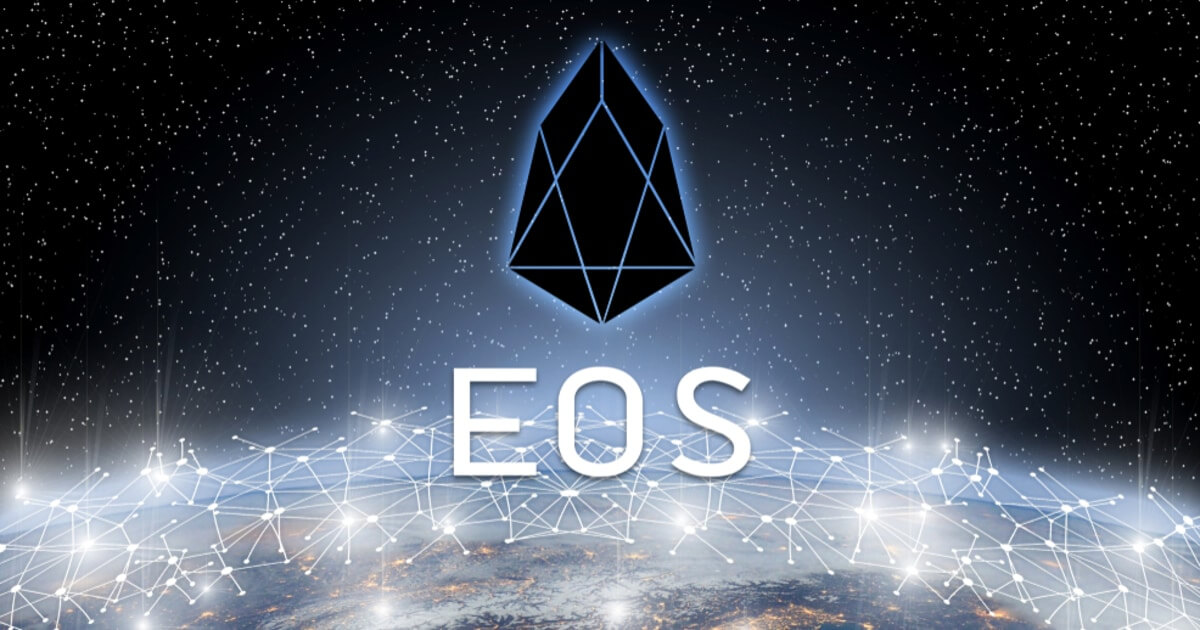james ding
October 27, 2024 11:02
The EOS Network Foundation committed to advancing the finality, scalability, and security of the EOS blockchain by introducing Spring 1.0 and the Savanna consensus algorithm.
In a recent development, the EOS Network Foundation launched the Spring 1.0 release with the new Savanna consensus algorithm. According to eosnetwork.com, this release is a significant advancement for the EOS blockchain, aiming to address previous limitations and improve performance.
Introduction and background
Spring 1.0, released on September 25, 2024, represents an important milestone for EOS. The update includes the Savanna consensus algorithm, which was developed over two years to improve the existing system, which took a long time to finalize.
Areg Hayrapetian, Director of Engineering at the EOS Network Foundation, emphasized that the original algorithm was created under a tight deadline, leading to design compromises. Savanna aims to provide instant finality, scalability, and security through cryptographic enhancements.
Consensus algorithm development
Savanna introduces a cryptographic solution that uses BLS signatures to reduce final completion time from 3 minutes to 1 second. This innovation improves speed and scalability by aggregating multiple block confirmations into a single signature.
The design is reinforced with mathematical proofs to ensure safety and vitality. These proofs provide formal security guarantees even in adversarial situations and provide additional insights to be shared in future academic papers.
technological innovation
Savanna’s key innovations include pipelining, which allows different consensus stages to overlap, and a voting mechanism that uses weak voting to maintain network responsiveness. This approach reduces latency and increases throughput.
Savanna dynamically adapts to network conditions to achieve low latency without compromising security and balances performance and security for robust blockchain operations.
future development
The introduction of proof-of-state is a future development enabled by Savanna. These cryptographic mechanisms benefit light clients by allowing them to verify the blockchain state without the requirement of a full node.
Savanna also proposes separation of block producer and finalizer roles, potentially increasing network flexibility and scalability by allowing separate optimization strategies for block creation and finalization.
Conclusion and future work
The Spring 1.0 release and the Savanna algorithm represent a revolutionary step for the EOS network and set a new benchmark for blockchain consensus. The EOS Network Foundation continues to improve these innovations with a focus on scalability and decentralization.
Known for its low latency and high-performance blockchain platform, the EOS Network continues to pioneer the advancement of Web3, supported by the EOS Network Foundation and its commitment to an open technology ecosystem.
Image source: Shutterstock

